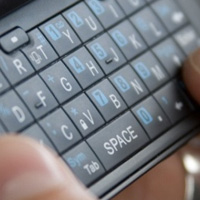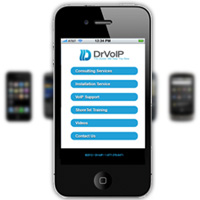We continue to focus on call center strategies that optimize the caller experience by reducing or eliminating wait time. Now clearly, you have to be in a business that actually cares about customers, we don’t expect the IRS will be implementing this feature in the near future! In our last blog we took a look at the use of Smartphone based applications that can do the “wait” for you, alerting the call center to call you back when an agent is available to speak with you. We thought we would take the state of the art to the next level, and interface an SMS resource to the call center. Using this technology, you can have your clients send a text message to your call center. The call center receives the message and queues you for call back. When an agent becomes available, the call center places a call to the phone number that originated the text message.
The smart phone applications have the advantage of offering the user a visual menu to alert the call center as to the reason for the call. “Make a Service appointment” would be a different button then “My bill has an error”. The SMS or Text message, however, has the advantage of being interactive. Sending a text message to the phone number associated with “make a service appointment” or just texting “service” could trigger a return text message that indicates available service times and the estimated wait time for your agent to call and confirm the appointment. Text messages can also contain key customer service information that can be used to trigger the CRM application when the agent does call you back.
If you don’t mind a third party service bureau, or being on a list of competitors offering a similar call back functionality you might look at the emerging players in the Smartphone market. Both fastcustomer.com and Lucyphone.com are offering Smartphone applications that you can tap almost immediately. In either case, the technology is basically augmenting the call centers existing call back feature set. We have been implementing our early SMS to CC interfaces using Twiio scripts and have just written the return telephone number to the database containing the abandoned call or call back from queue requests. These applications are relatively straight forward to implement and can be customized and refined as you call center learns more about how your clients make use of the application. The advantage of SMS approach is that you can implement it with your existing call center technology and you do not need an outside service bureau or the creation of a new iPhone application.
Call Center technology is going through a comparatively vigorous revision. If you really care about the experience your customers have when they call you, the old Music-on-hold model may not be what you want. Basically, you want to call them when they want to talk to you! Don’t make them wait on hold for the next available agent. Have the next available agent call them! We think these programs can be funded in the overall reduction in telephone lines alone. You can now size your call center based on how many agents you have not on how many clients are holding!
Send a note to DrVoIP@DrVoIP.com with comments and questions, or better yet, text us 702-553-2706!

